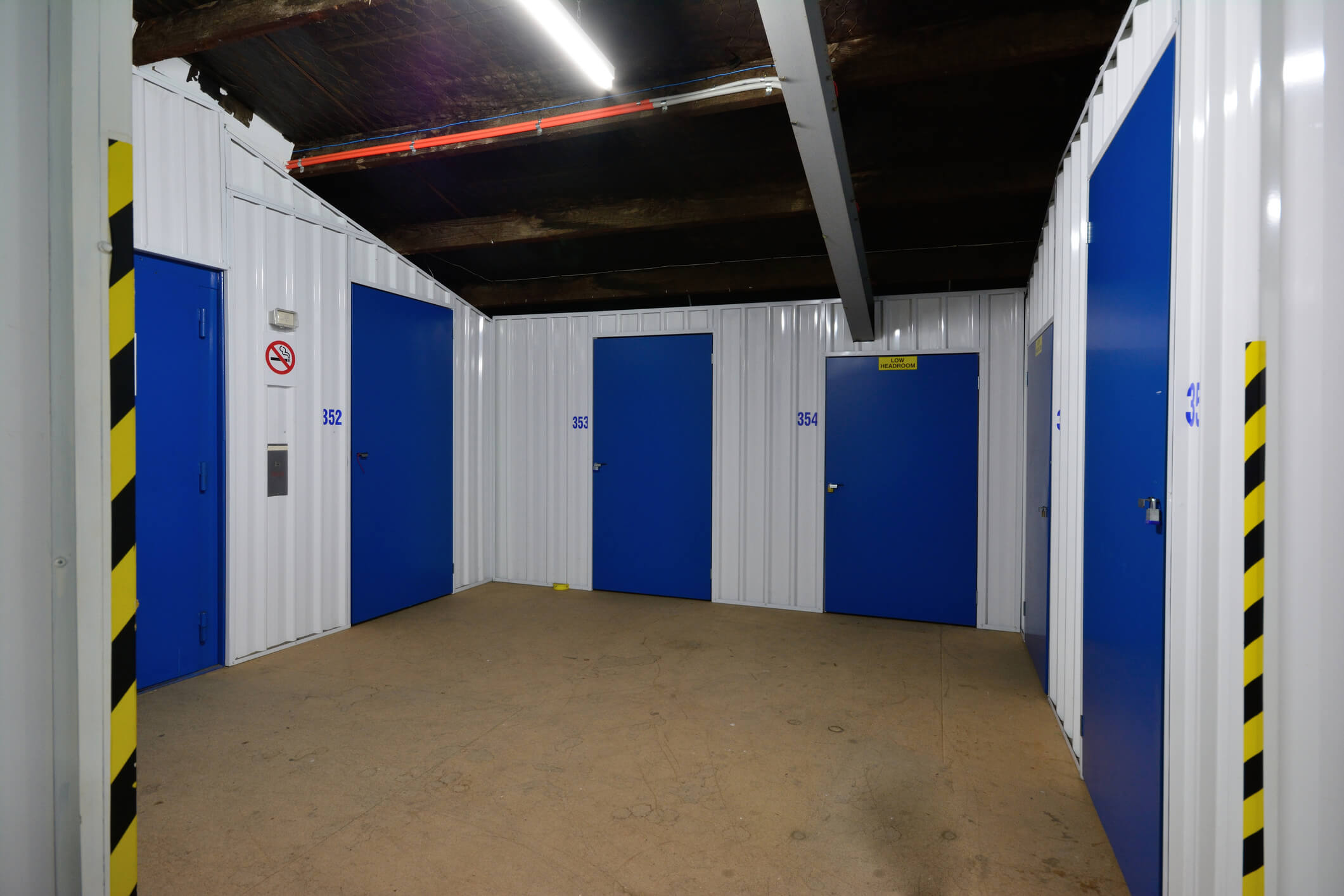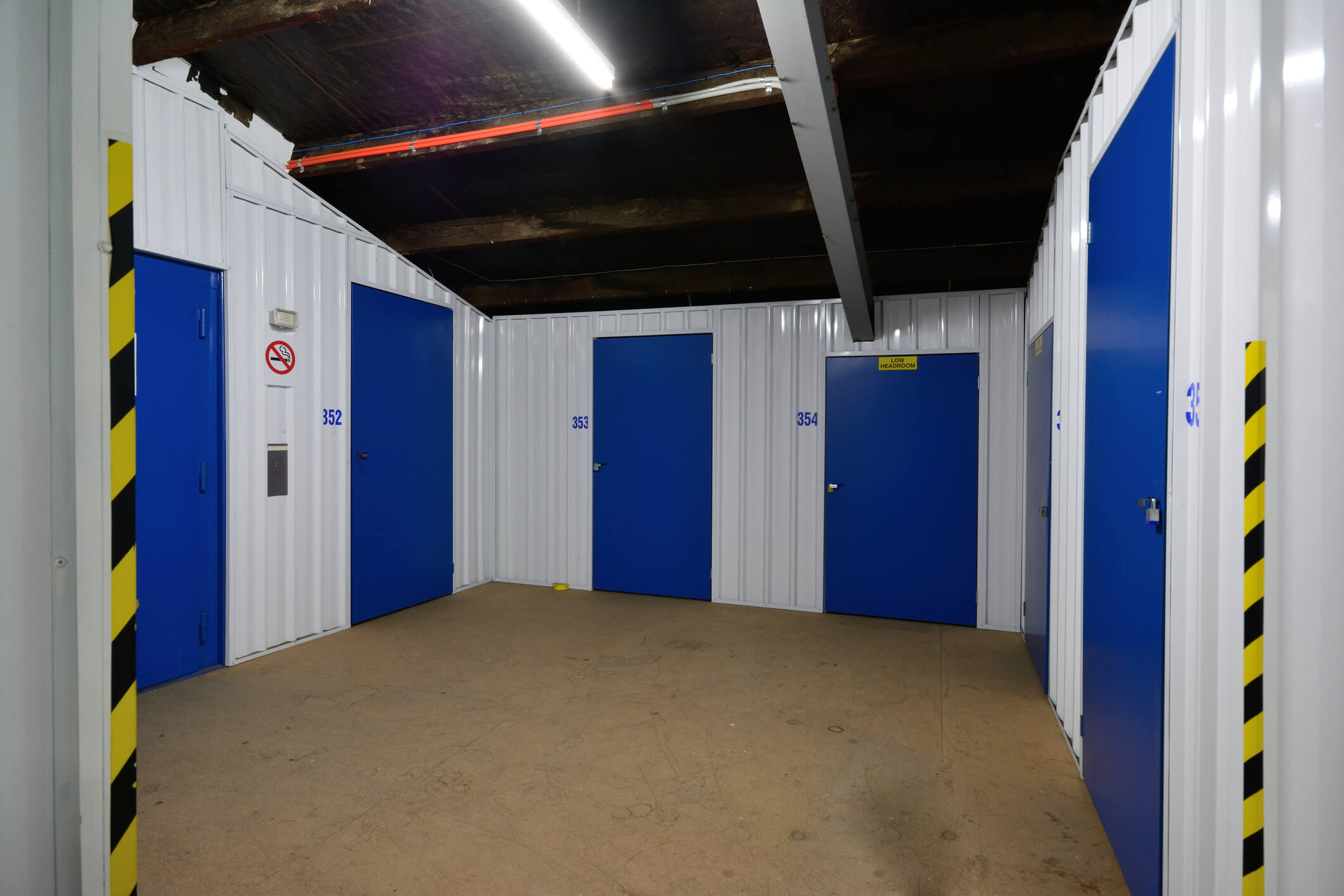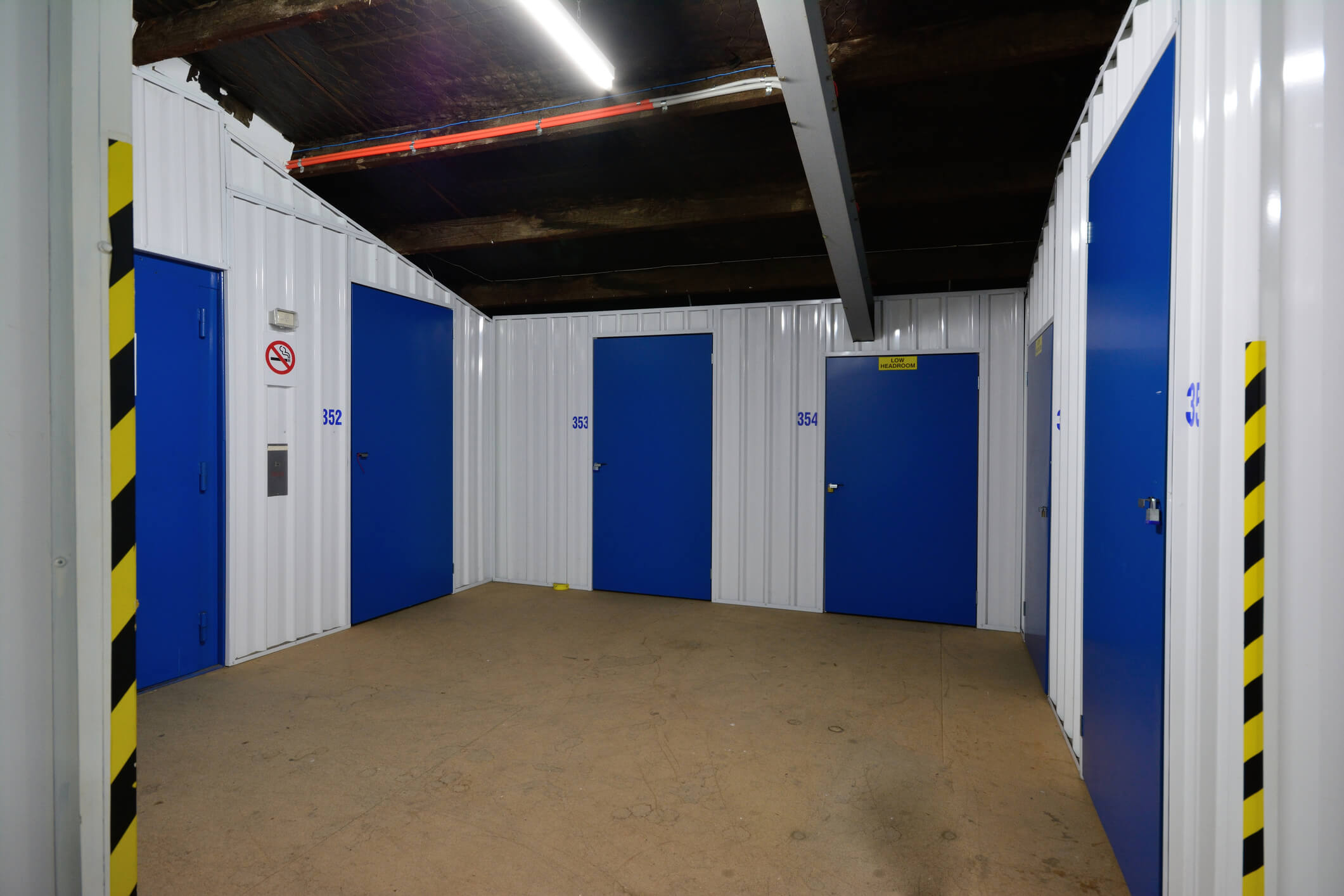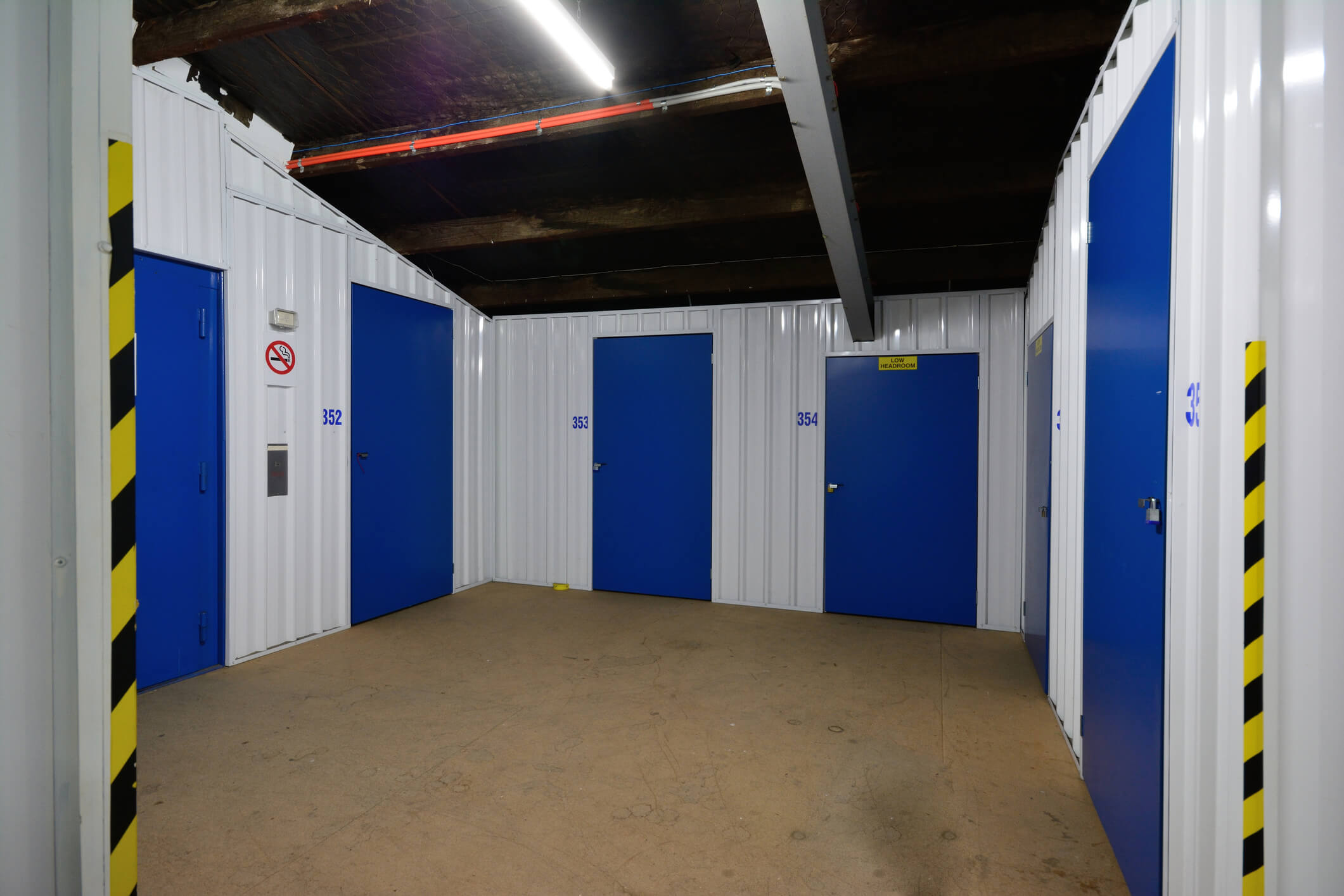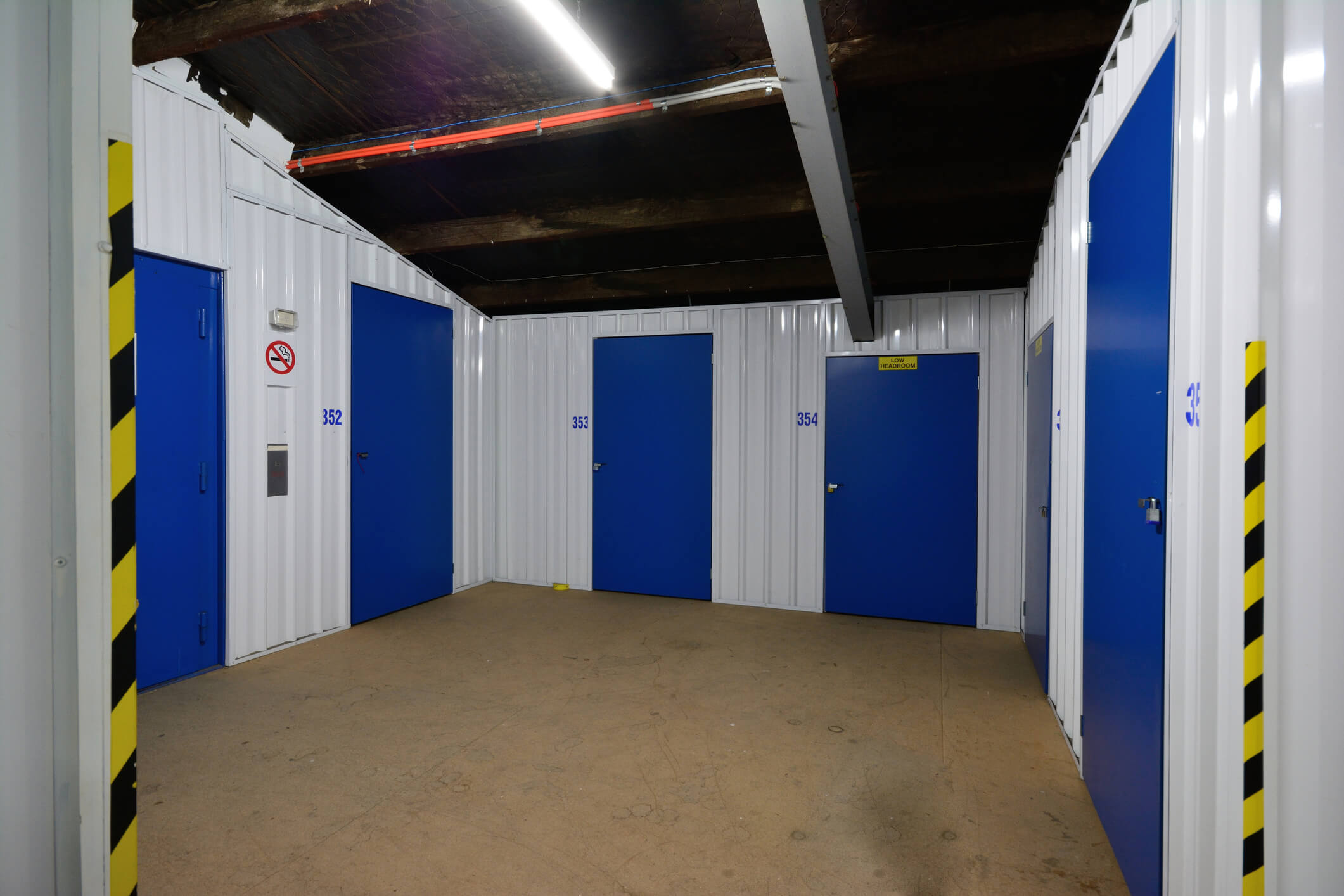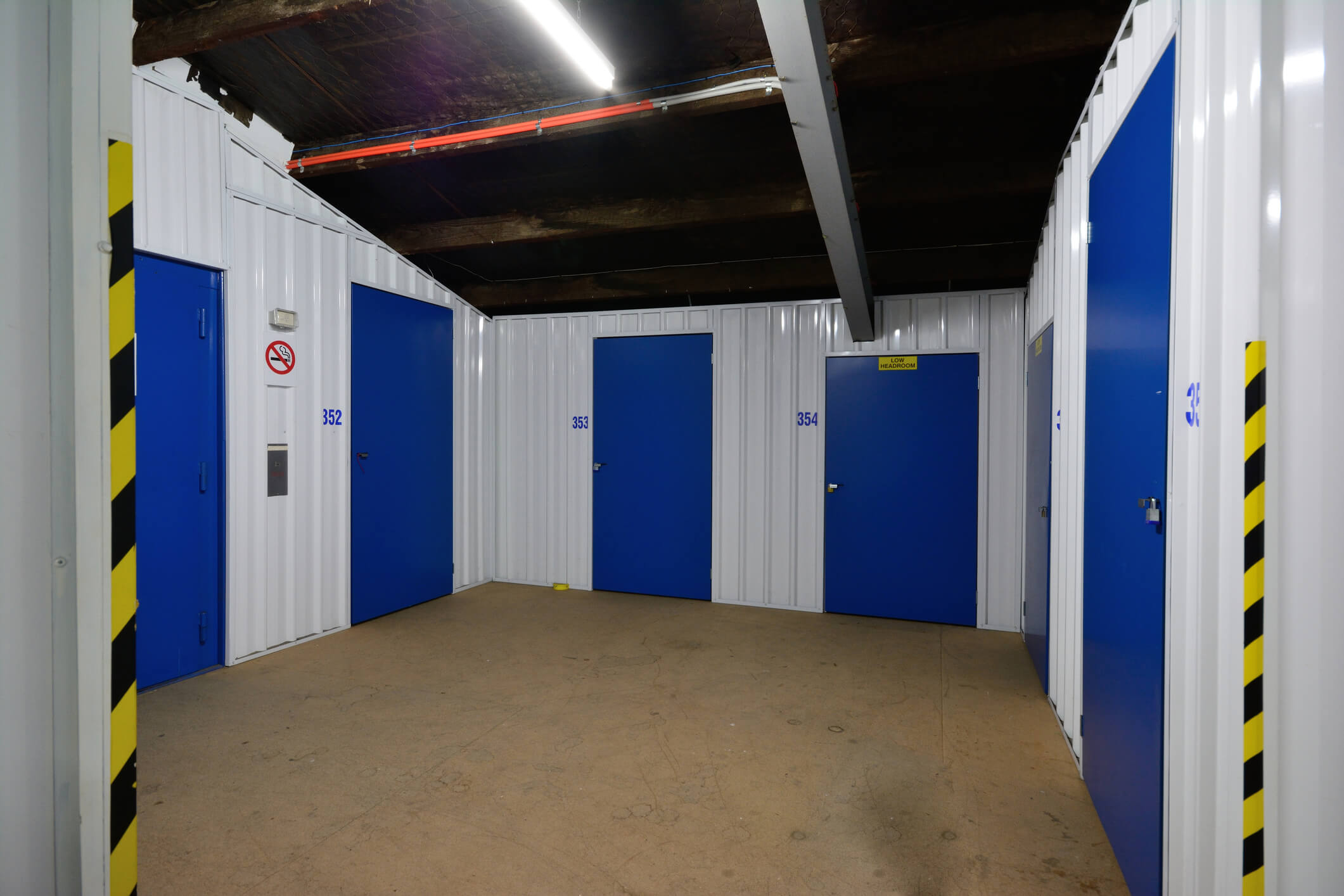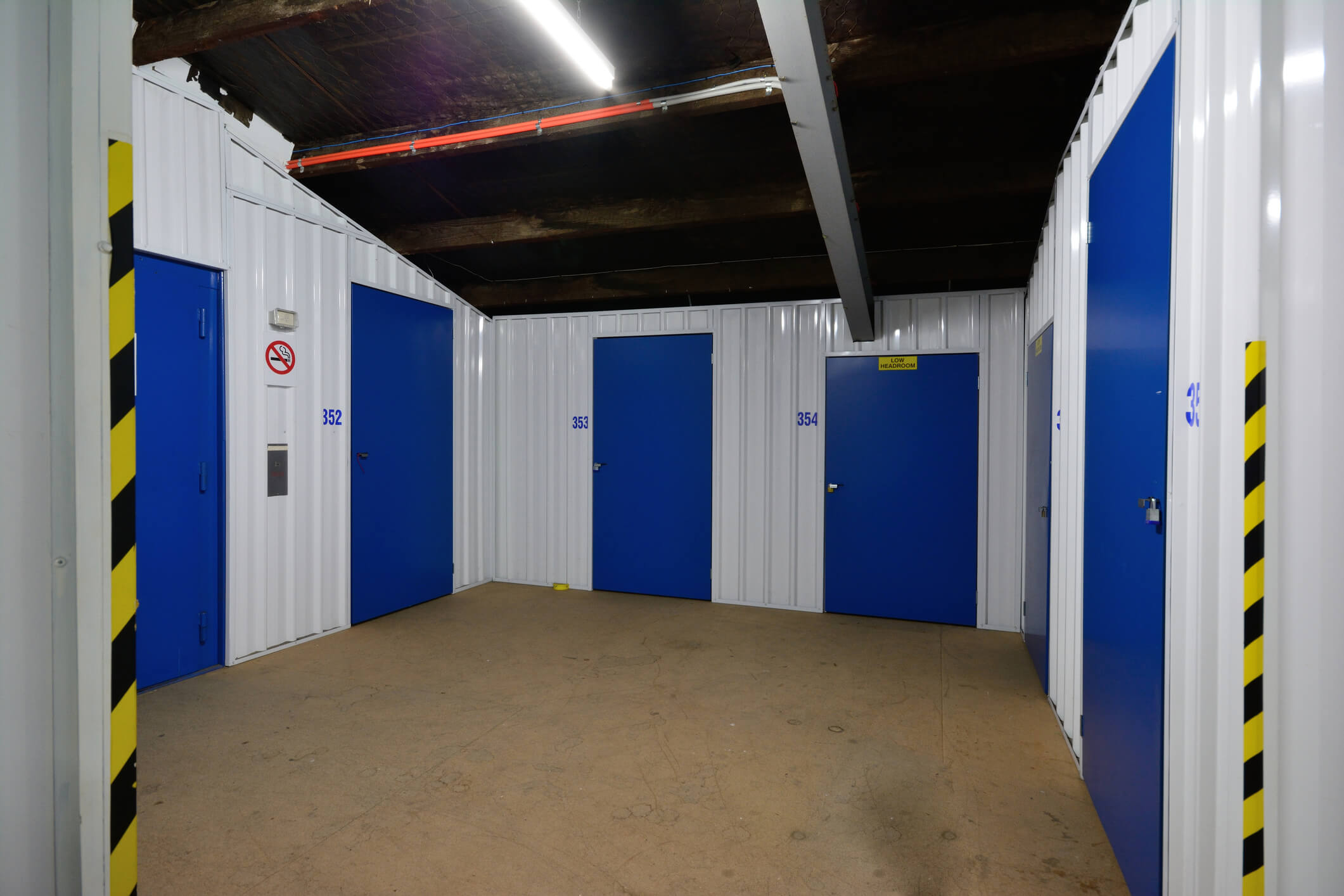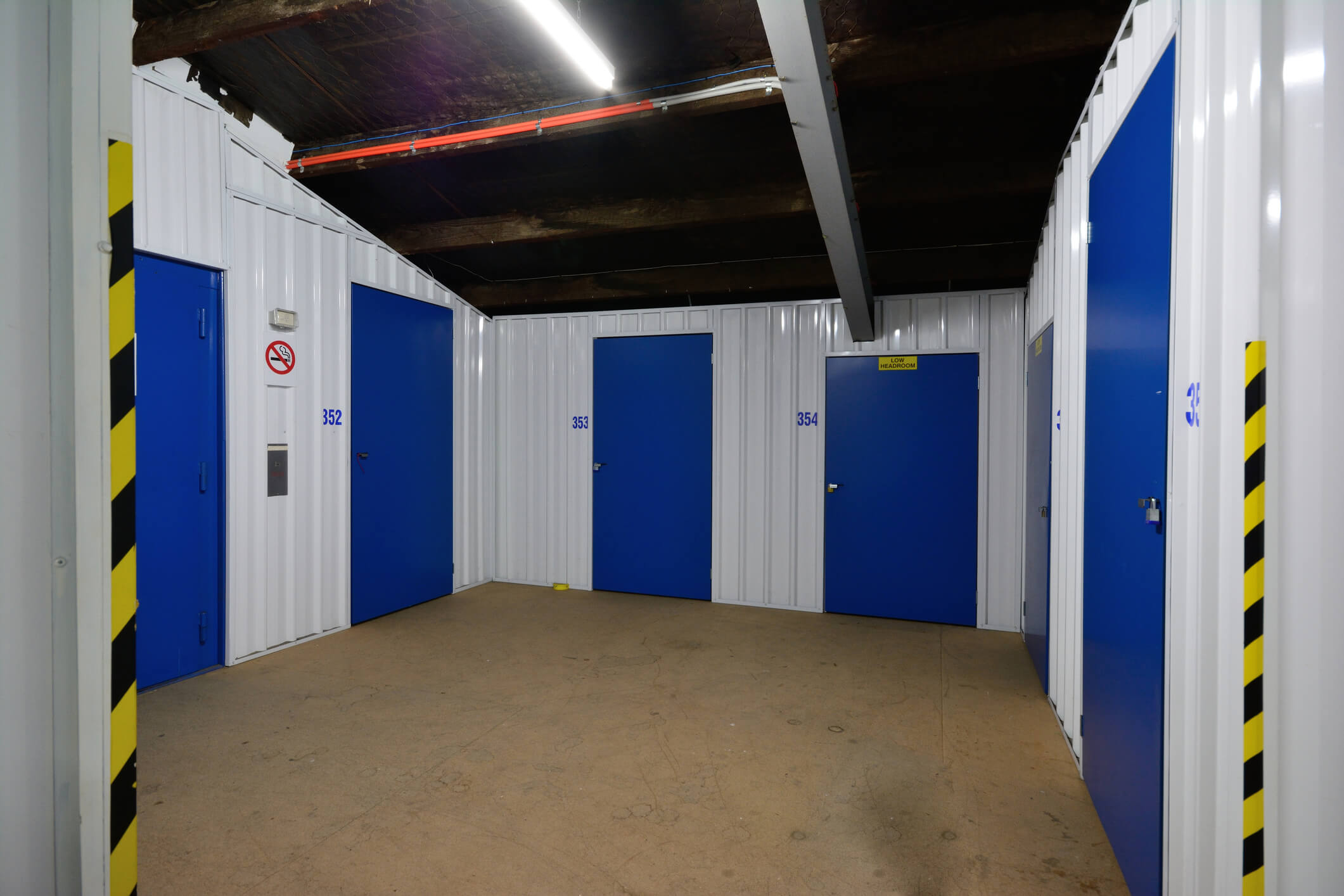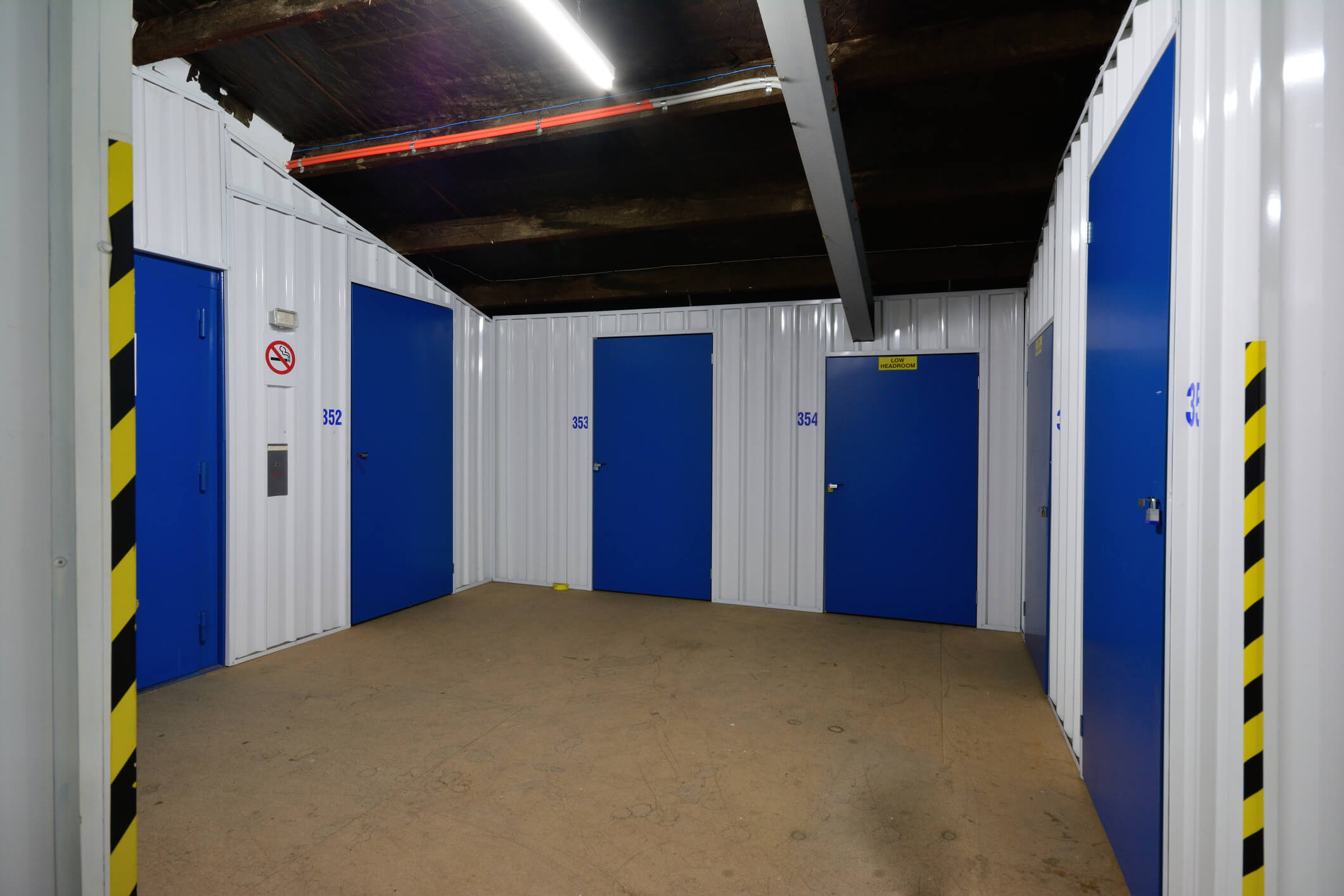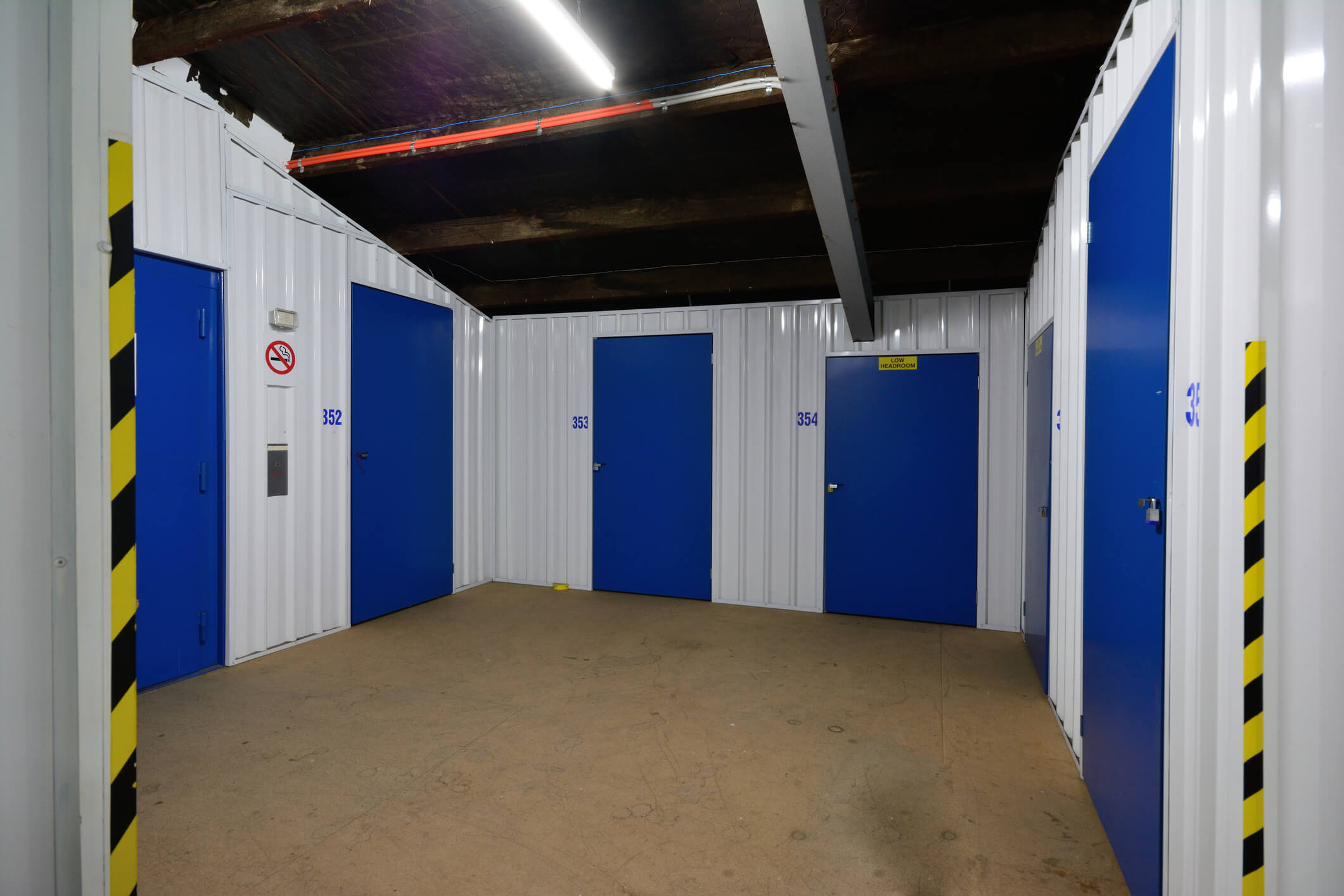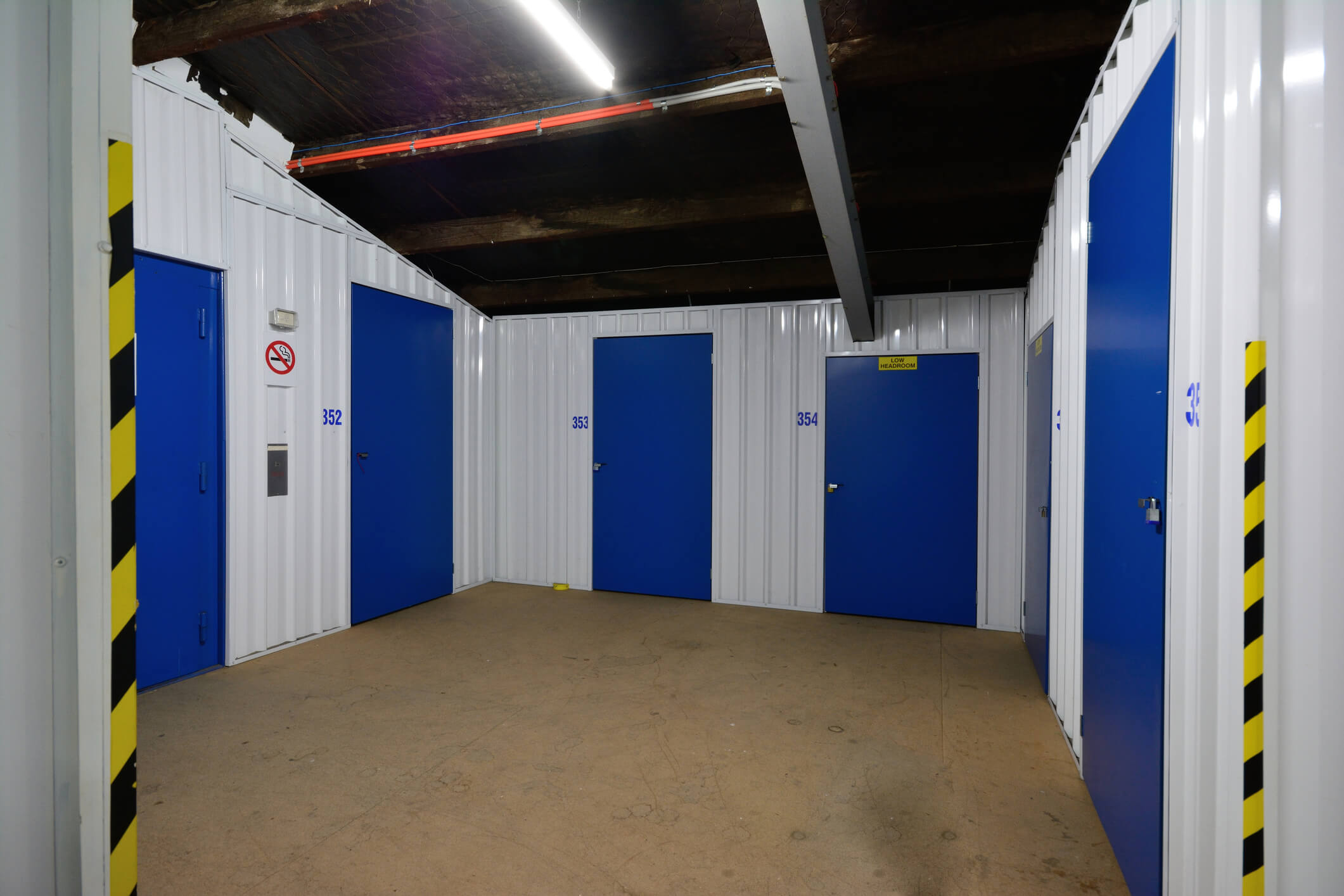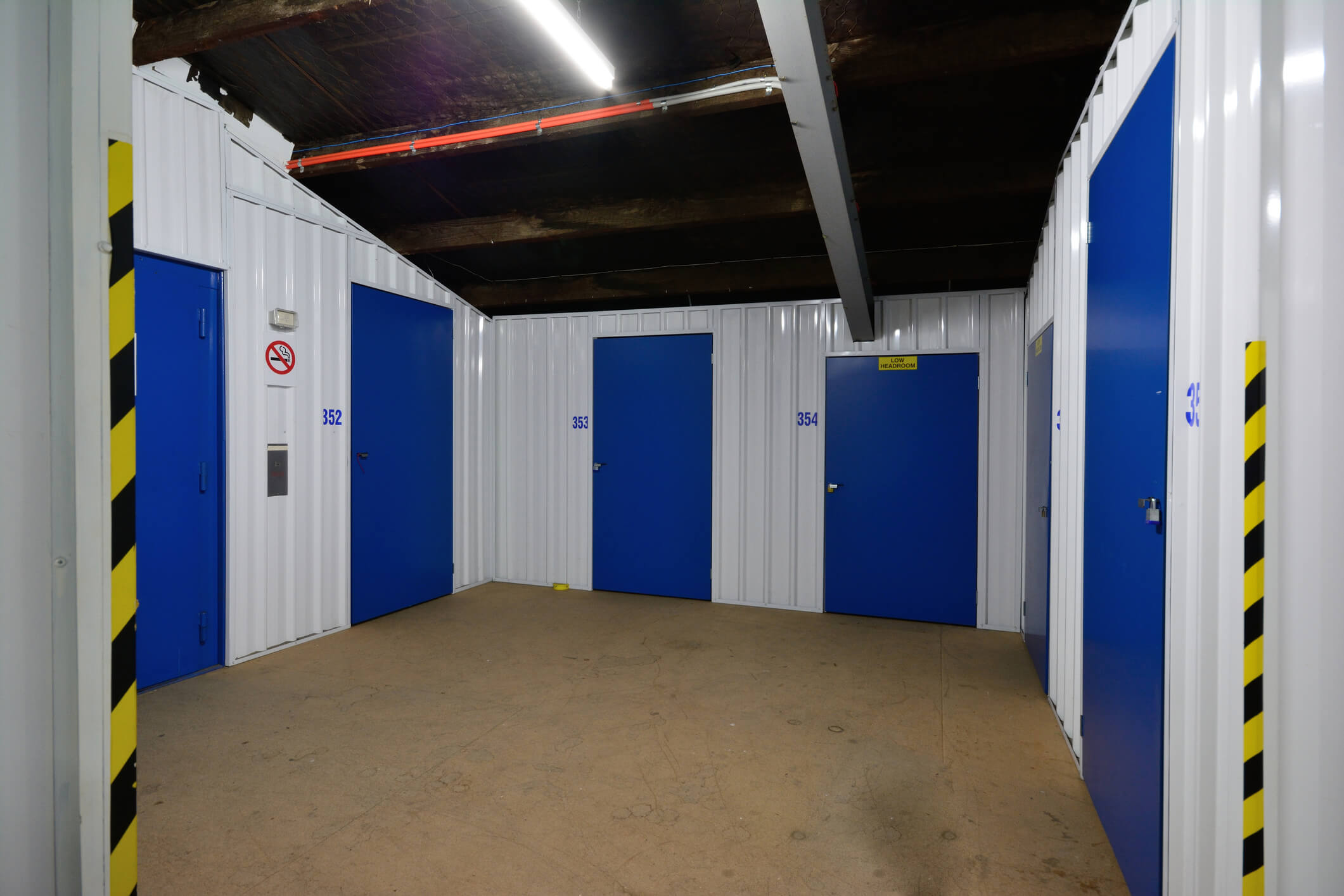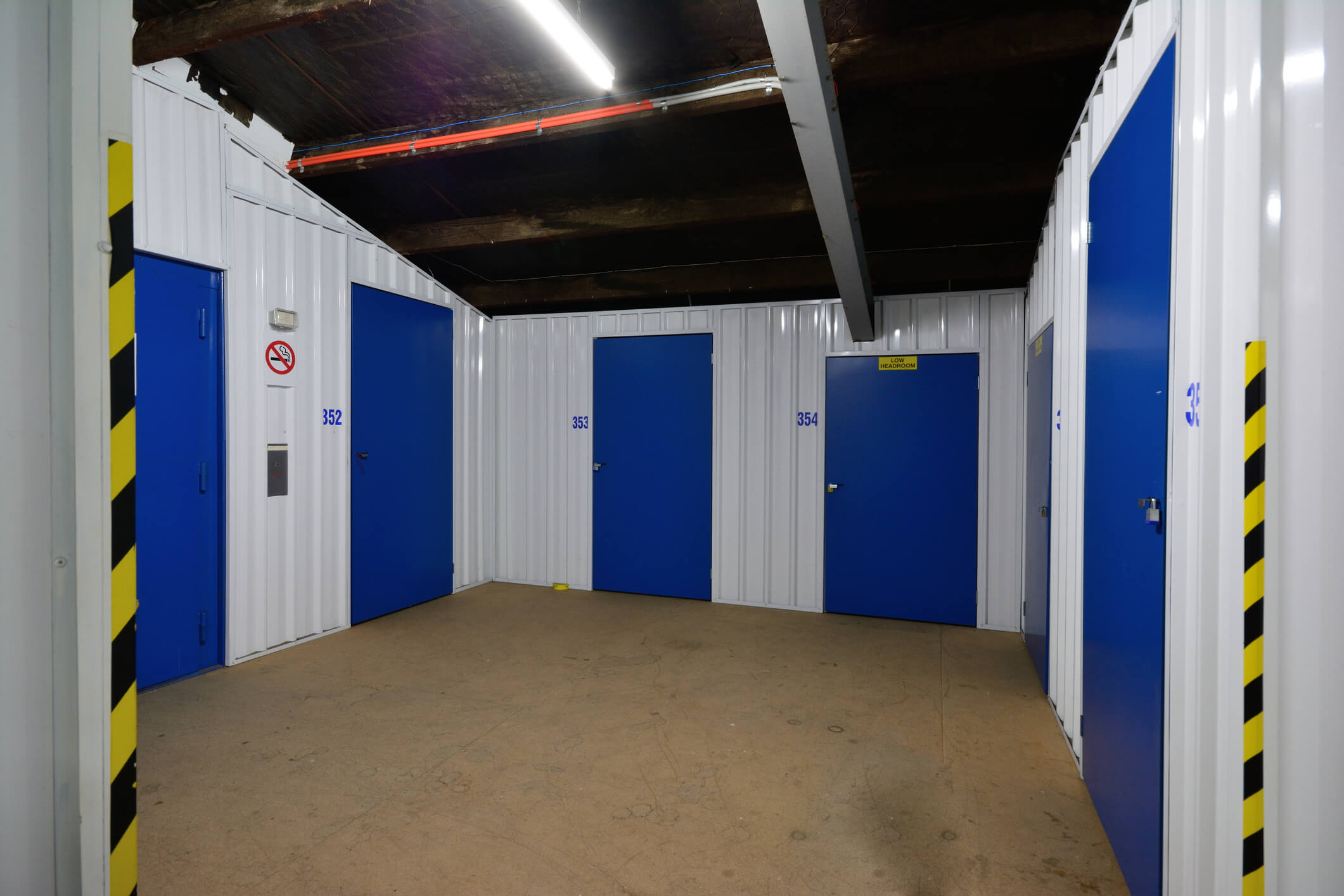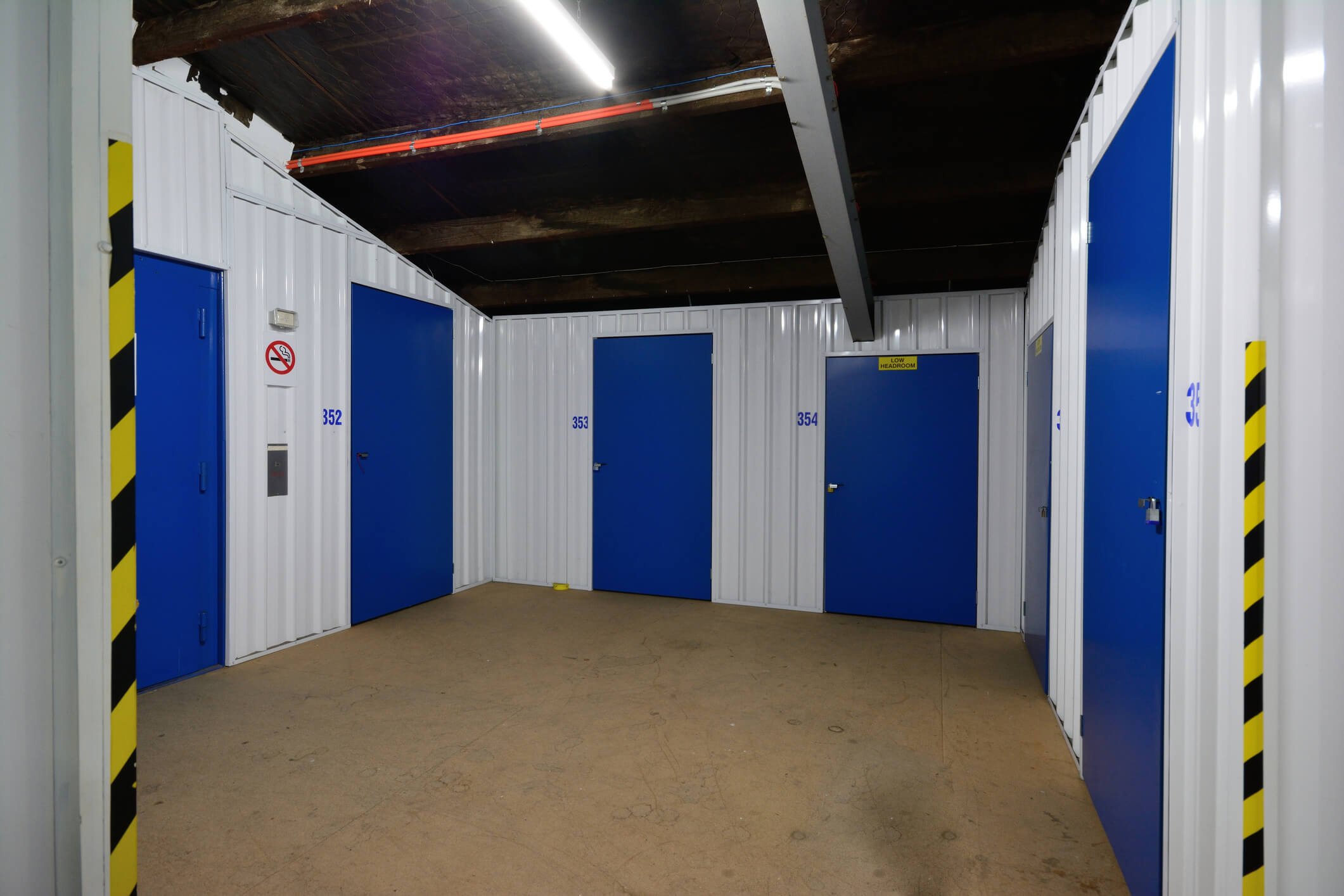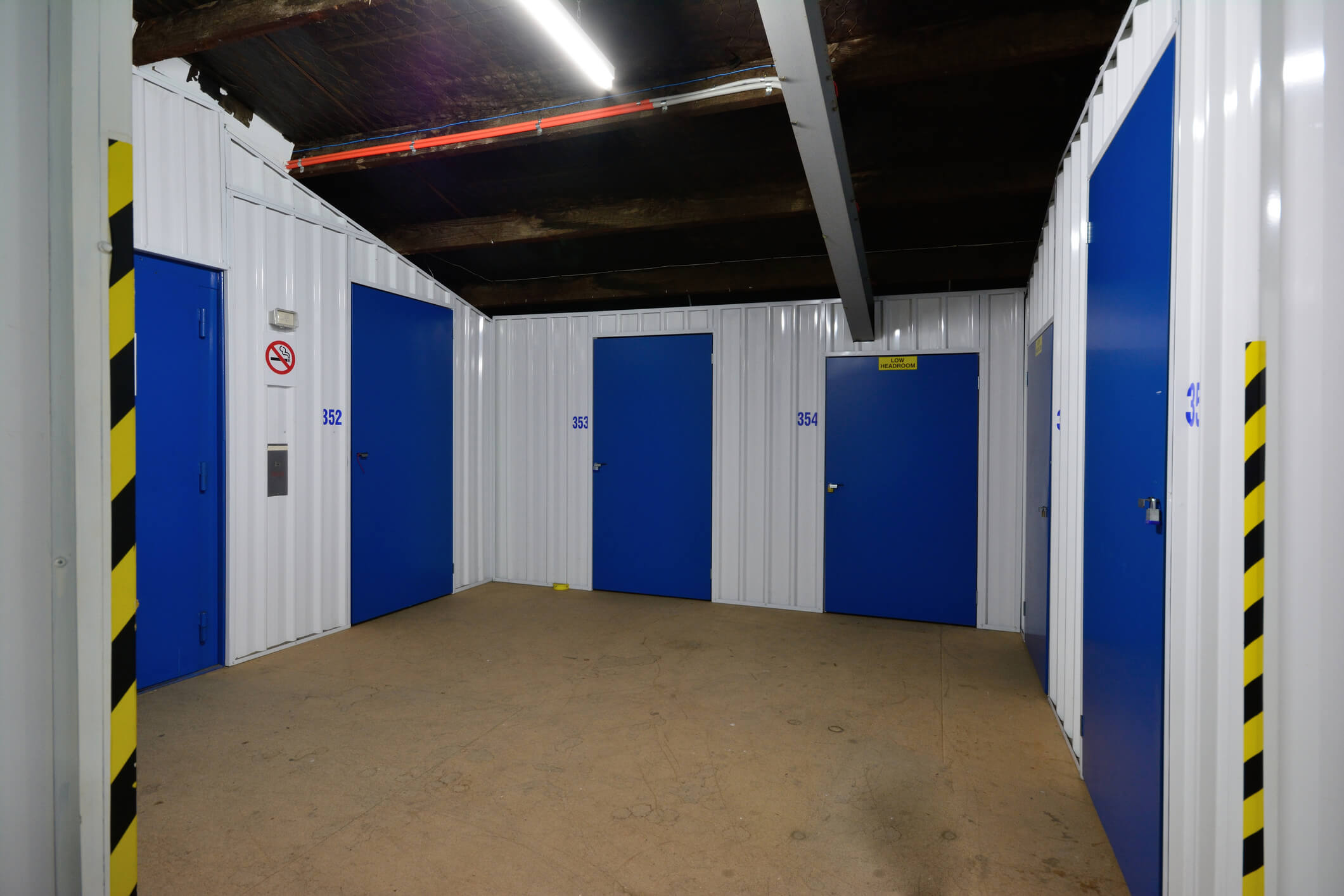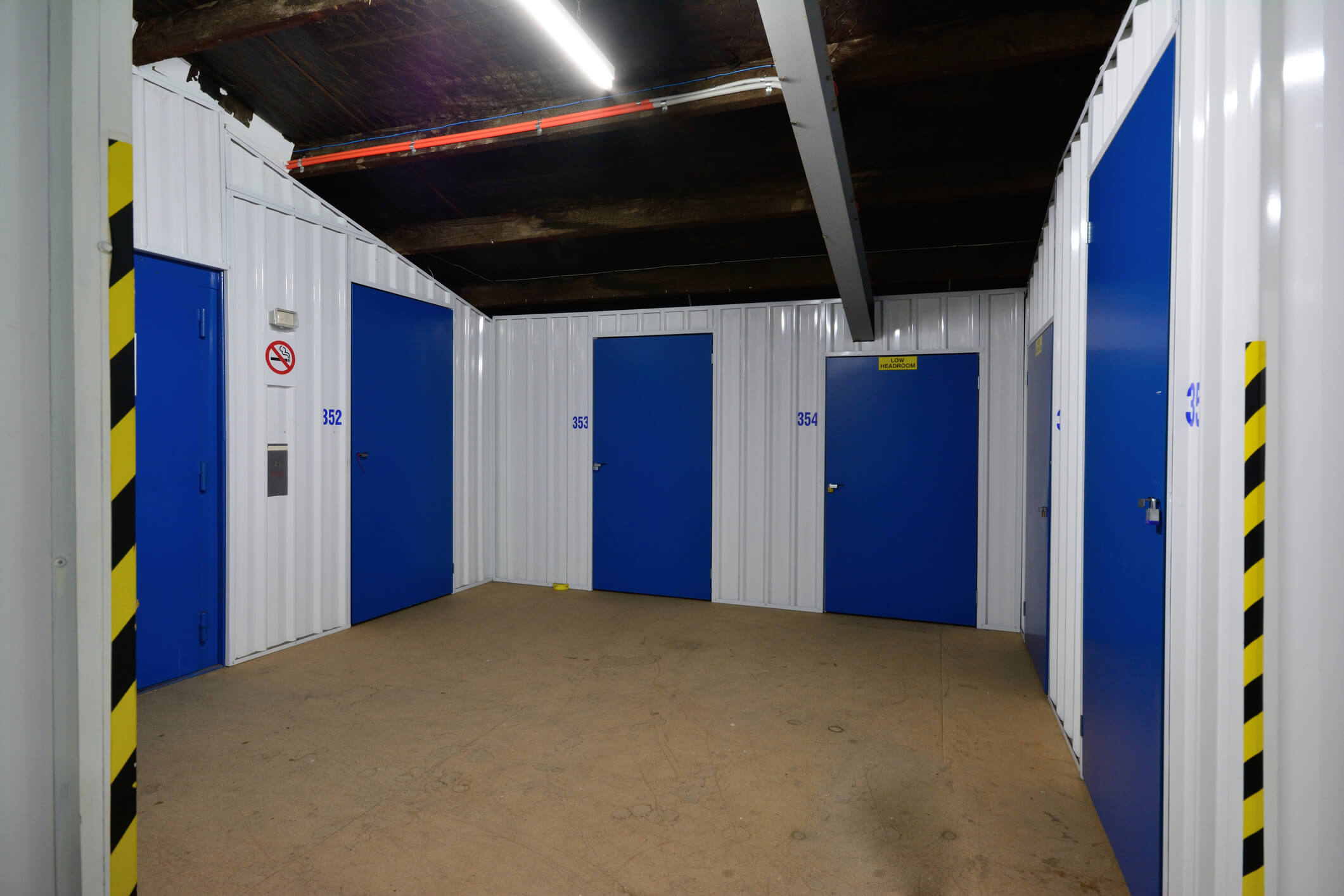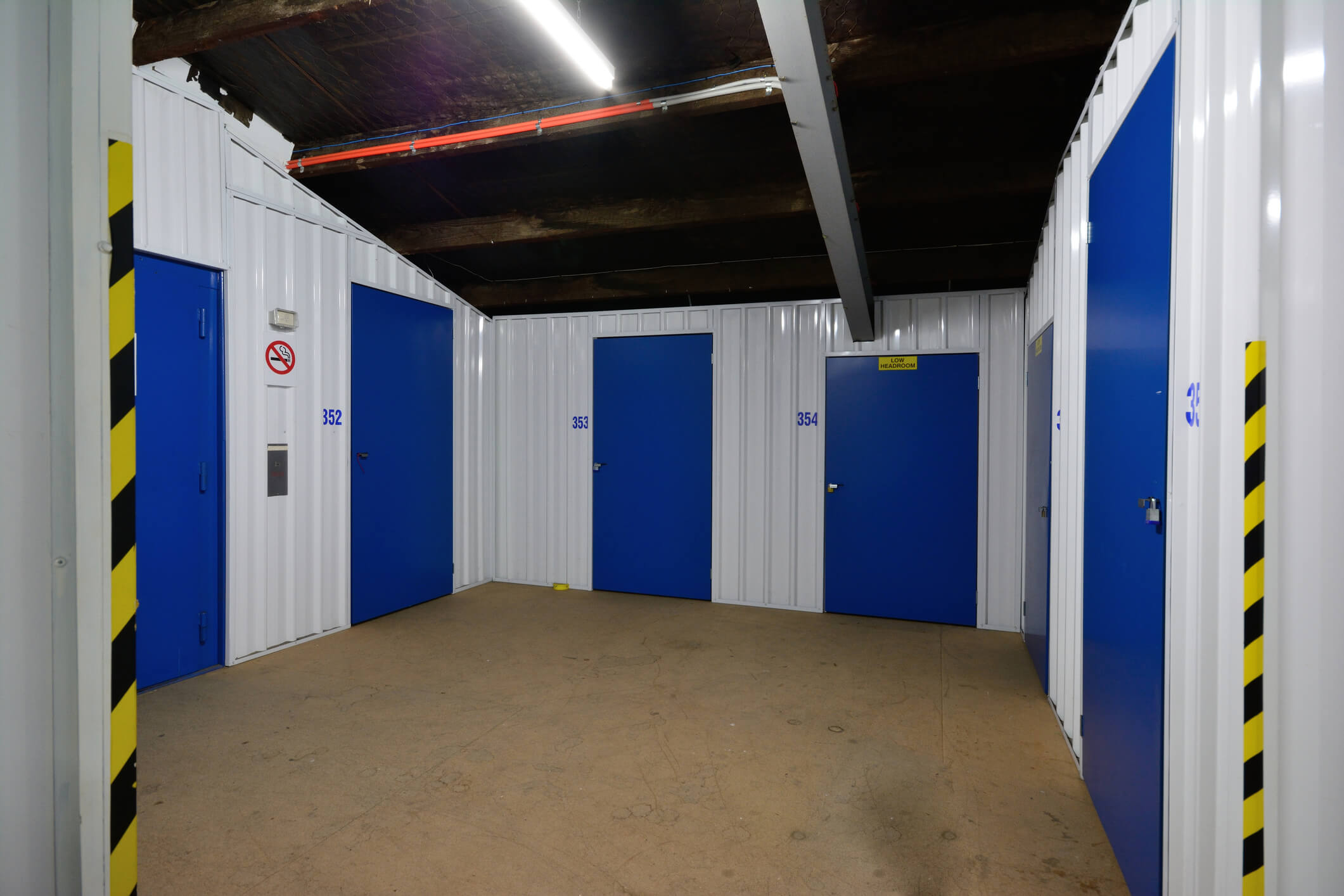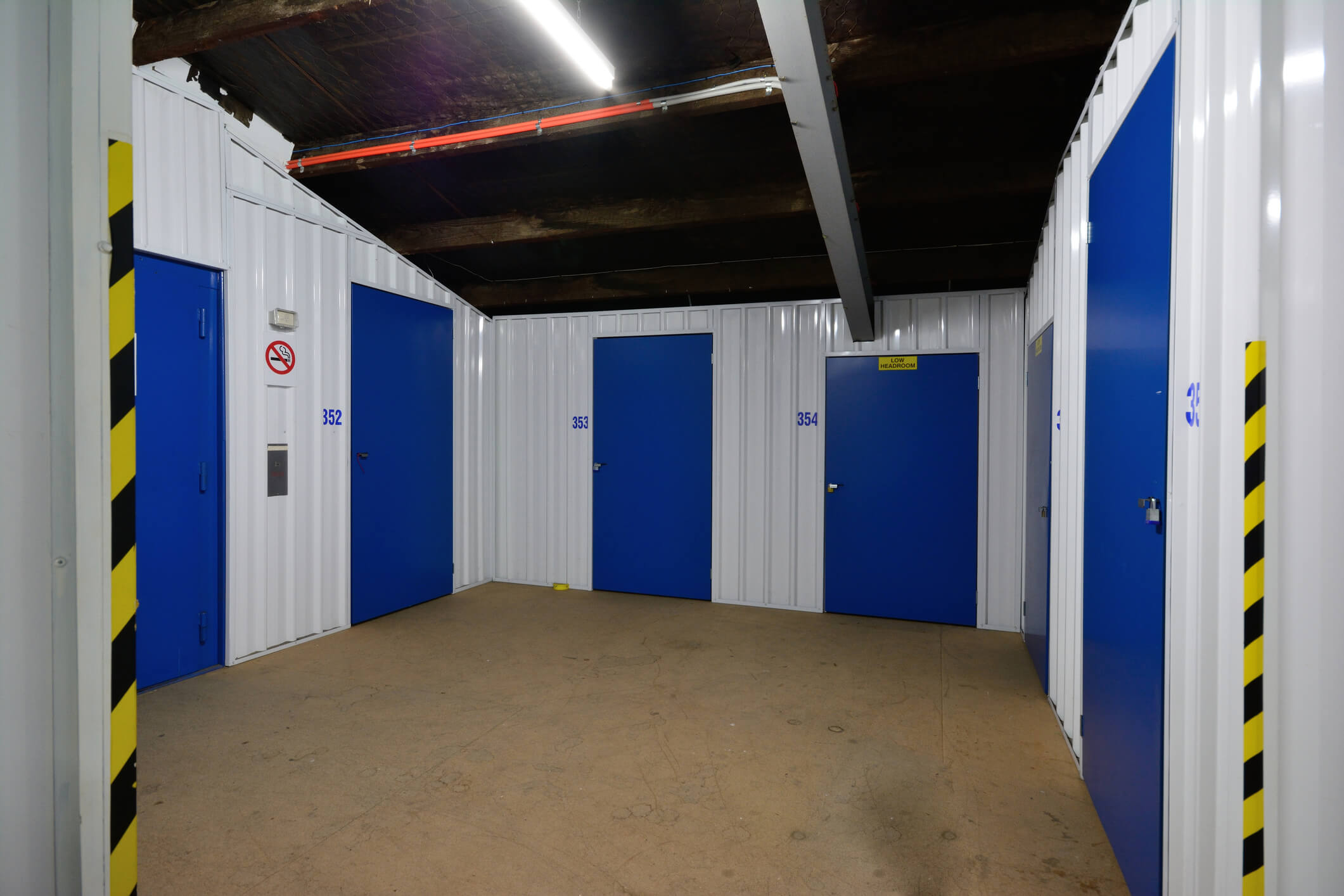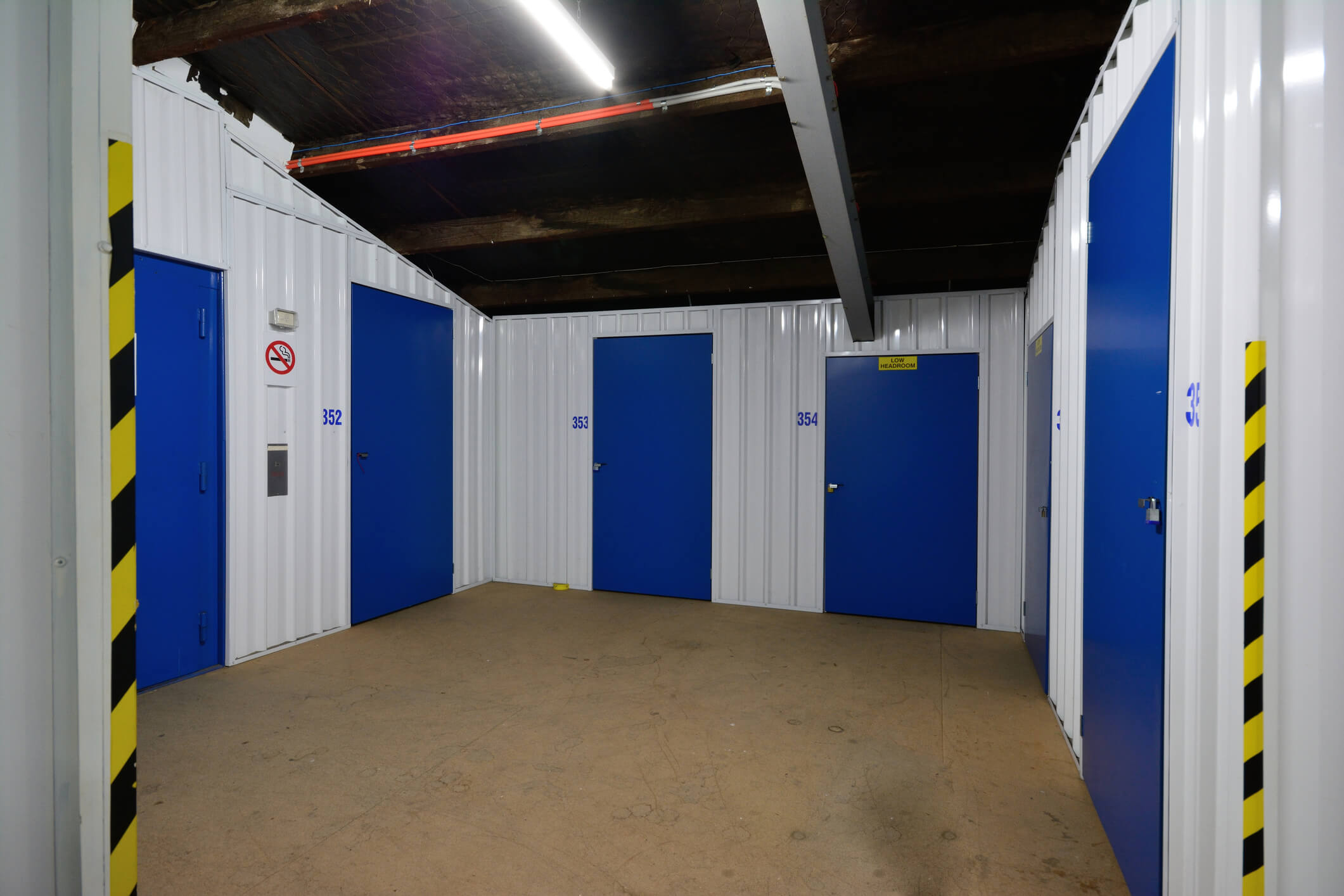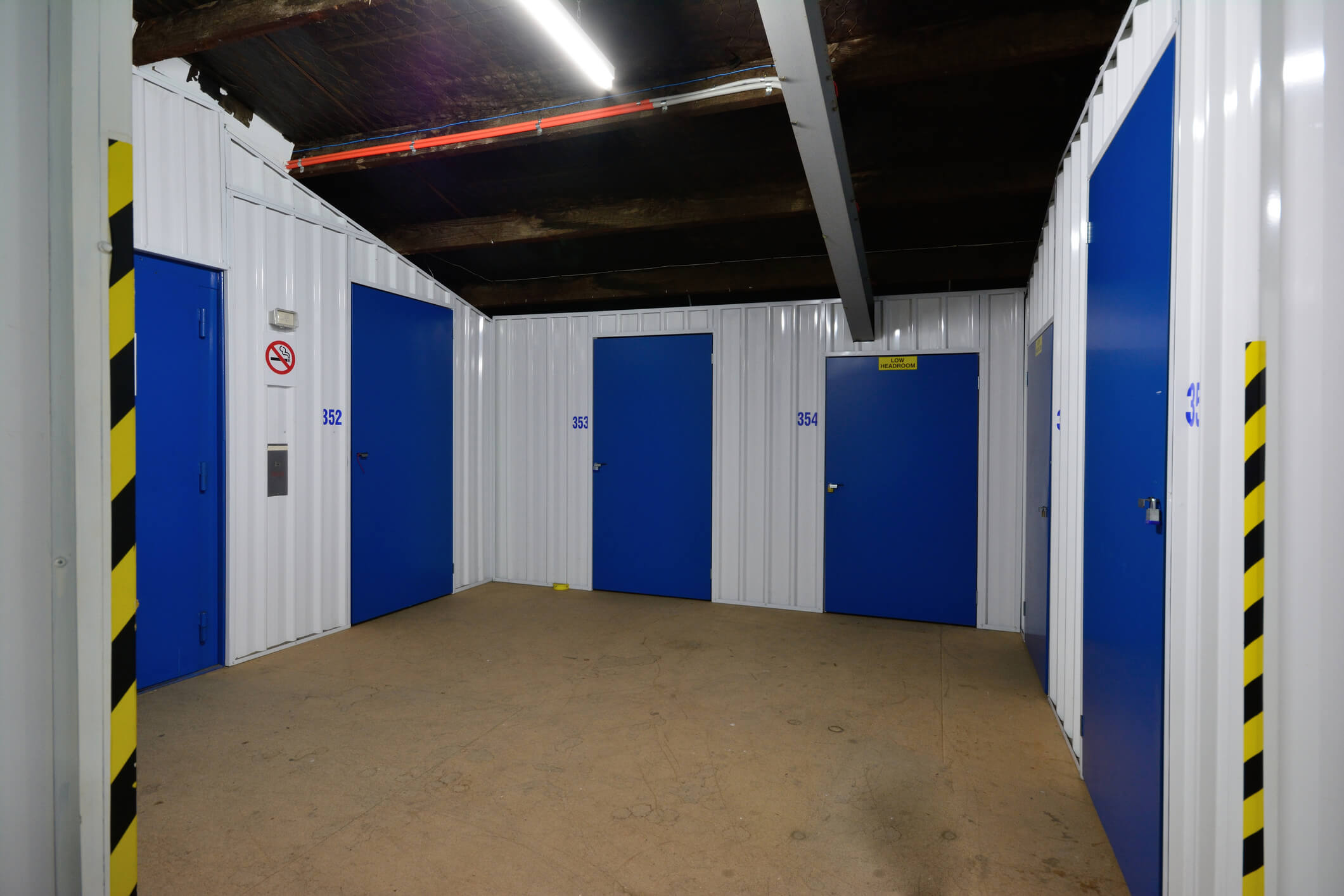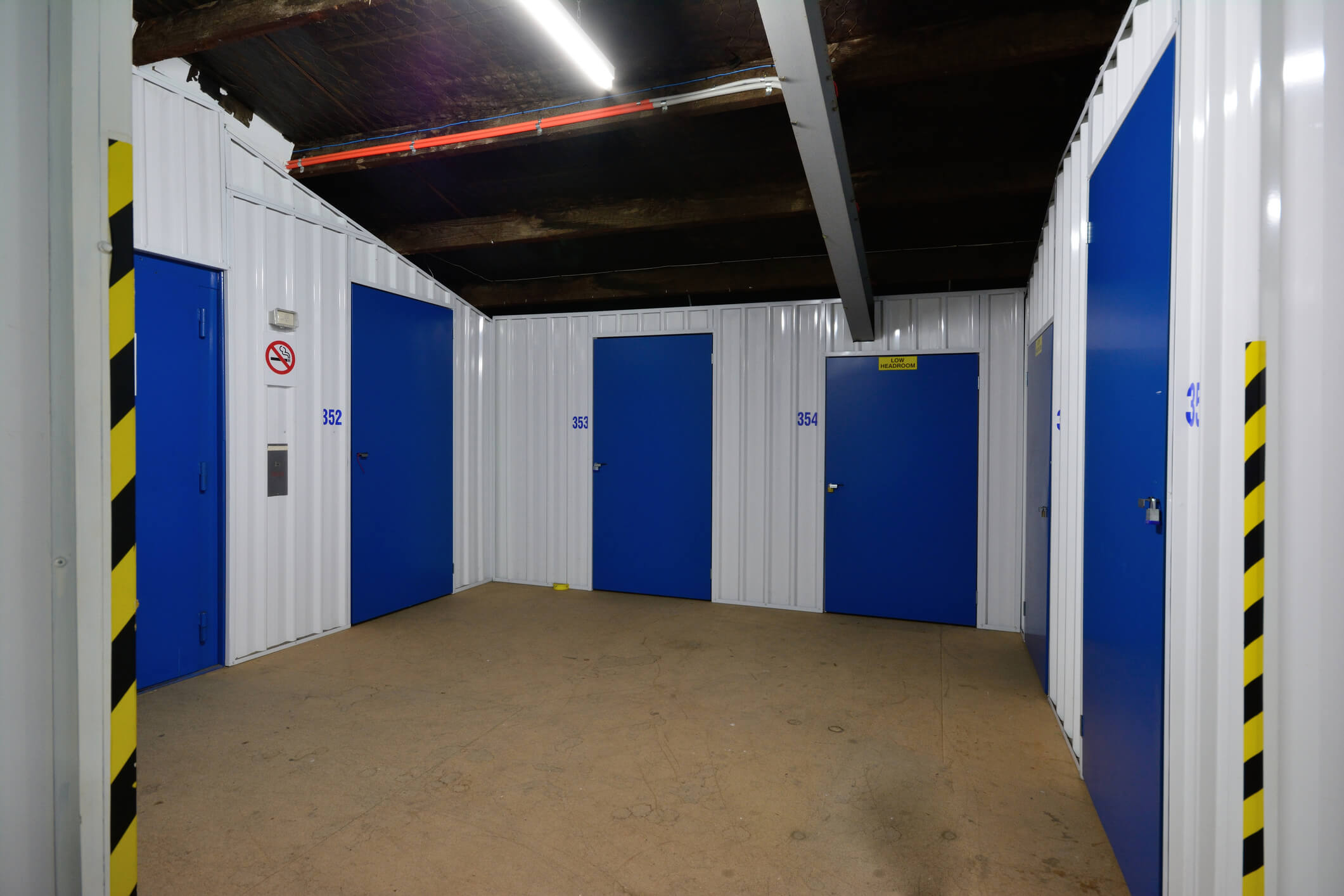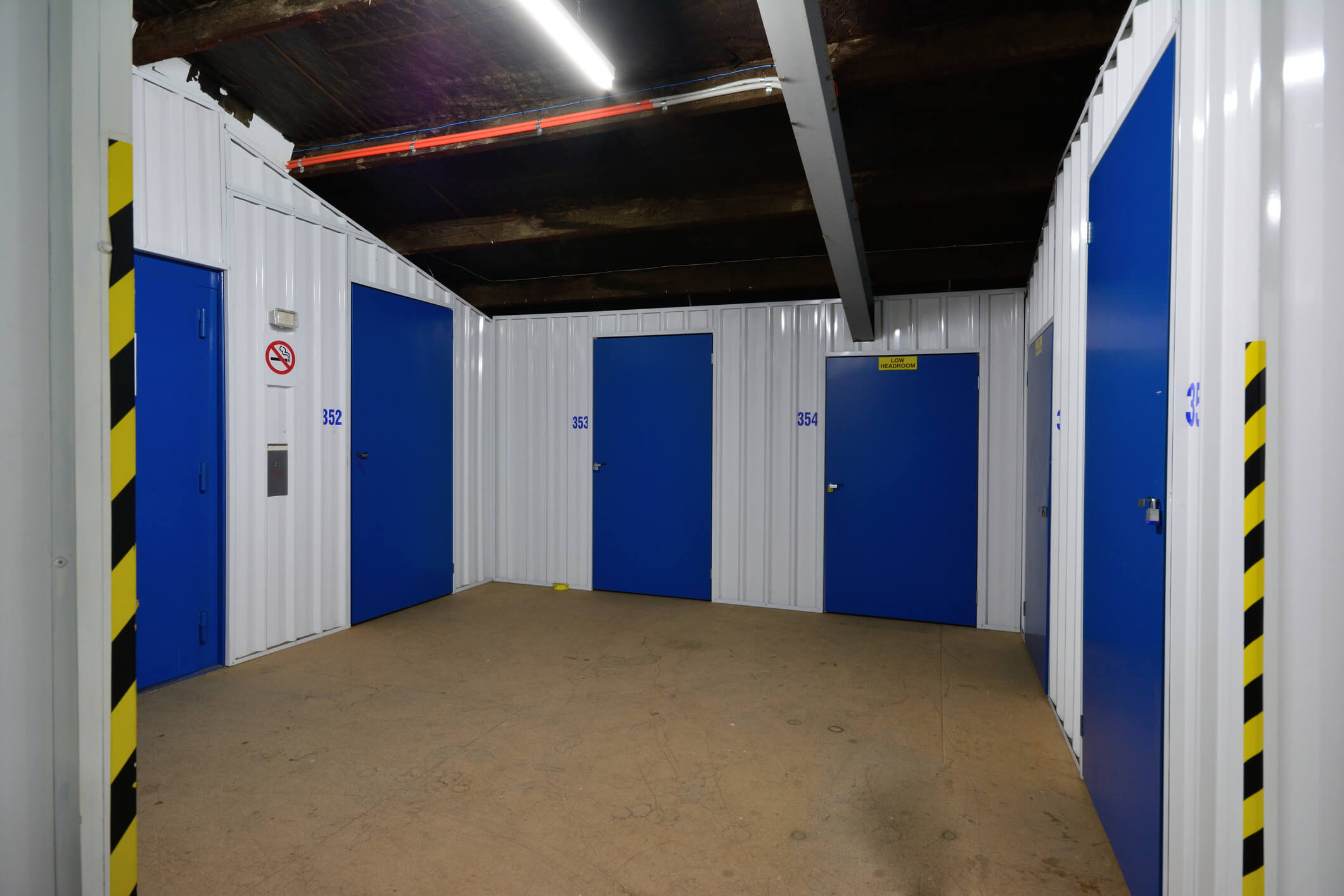Running a storage facility business involves significant operational risks that could force temporary closure or s…
Storage Facility Cyber Insurance: Protecting Self-Storage and Warehouse Operations from Digital Threats
The storage industry has undergone a digital transformation in recent years, with modern storage facilities relying heavily on technology for access control, customer management, security systems, and payment processing. While this digitalization has improved efficiency and customer experience, it has also exposed storage facilities to significant cyber risks that traditional insurance policies may not adequately cover.
Understanding Cyber Risks in Storage Facilities
Storage facilities face unique cyber security challenges that differ from other commercial properties. These facilities typically store valuable personal and business belongings, making them attractive targets for cybercriminals seeking to exploit vulnerabilities in digital systems.
Modern storage facilities utilize sophisticated technology infrastructure including electronic access control systems, digital surveillance networks, customer management databases, online booking platforms, and automated payment systems. Each of these systems represents a potential entry point for cyber attacks, creating multiple vulnerabilities that need protection.
Customer data represents one of the most valuable assets that storage facilities must protect. This includes personal identification information, payment card details, access codes, inventory records, and contact information. A data breach involving this sensitive information can result in significant financial losses, regulatory penalties, and reputational damage.
Common Cyber Threats Facing Storage Facilities
Ransomware attacks pose a particularly serious threat to storage facilities, as cybercriminals can potentially lock operators out of their access control systems, preventing customers from accessing their units while demanding payment for system restoration. This type of attack can cause immediate business interruption and customer dissatisfaction.
Phishing attacks targeting storage facility employees can provide cybercriminals with access to internal systems and customer databases. These attacks often appear as legitimate communications from customers, vendors, or service providers, making them difficult to identify without proper training and security protocols.
Payment card fraud represents another significant risk, particularly for facilities that process online payments or maintain card-on-file systems for automatic billing. Cybercriminals may attempt to intercept payment information during transactions or gain access to stored payment data.
Access control system breaches can allow unauthorized individuals to gain entry to storage units, potentially resulting in theft, vandalism, or other criminal activities. These breaches can occur through hacking of electronic lock systems, manipulation of access databases, or exploitation of mobile app vulnerabilities.
Coverage Components of Storage Facility Cyber Insurance
First-party coverage protects storage facilities against direct losses resulting from cyber incidents. This includes business interruption costs when systems are offline, data recovery expenses, forensic investigation costs, and notification expenses required by data breach laws.
Third-party coverage protects against claims from customers whose personal information may have been compromised in a cyber incident. This can include legal defense costs, settlement payments, and regulatory fines imposed by data protection authorities.
Cyber extortion coverage provides protection against ransomware attacks and other forms of digital extortion. This coverage typically includes ransom payments, negotiation expenses, and costs associated with system restoration following an attack.
Network security coverage protects against unauthorized access to computer systems and networks. This includes costs associated with investigating security breaches, repairing damaged systems, and implementing enhanced security measures.
Industry-Specific Considerations
Self-storage facilities face unique challenges related to customer access management and unit security. Cyber insurance for these facilities should address risks associated with electronic lock systems, mobile access applications, and customer portal vulnerabilities.
Commercial warehouse operations may require additional coverage for supply chain disruptions caused by cyber attacks. These facilities often integrate with customer inventory management systems, creating additional points of vulnerability that need protection.
Climate-controlled storage facilities rely heavily on automated environmental control systems that can be vulnerable to cyber attacks. Disruption of these systems could result in damage to stored goods, creating additional liability exposures.
Risk Assessment and Prevention
Effective cyber risk management for storage facilities begins with a comprehensive assessment of digital assets and vulnerabilities. This includes evaluating access control systems, customer databases, payment processing platforms, and any connected devices or IoT systems.
Employee training plays a crucial role in preventing cyber incidents. Storage facility staff should receive regular training on identifying phishing attempts, following secure password practices, and reporting suspicious activities.
Regular software updates and security patches are essential for maintaining system security. Storage facilities should establish procedures for promptly installing security updates across all digital systems and devices.
Claims Process and Response Planning
When a cyber incident occurs, storage facilities need to act quickly to minimize damage and comply with legal requirements. Cyber insurance policies typically provide access to specialized response teams that can assist with forensic investigation, legal compliance, and customer communication.
The claims process typically begins with immediate notification to the insurance carrier, followed by engagement of approved vendors for forensic investigation and legal counsel. Policyholders should maintain detailed records of all incident response activities and associated costs.
Business continuity planning is essential for minimizing the impact of cyber incidents on storage facility operations. This includes maintaining backup systems for critical functions, establishing alternative customer access procedures, and developing communication protocols for customer notification.
Regulatory Compliance Requirements
Storage facilities must comply with various data protection regulations depending on their location and customer base. In the UK, the General Data Protection Regulation (GDPR) requires specific procedures for data breach notification and customer rights protection.
Payment card industry compliance standards may apply to facilities that process credit card payments. These standards require specific security measures for handling and storing payment card information.
State and local regulations may impose additional requirements for data protection and breach notification. Storage facilities should work with legal counsel to understand all applicable regulatory requirements.
Cost Factors and Premium Considerations
Cyber insurance premiums for storage facilities are influenced by several factors including facility size, customer volume, technology infrastructure complexity, and existing security measures. Facilities with robust cybersecurity programs typically qualify for lower premiums.
The amount of customer data stored and processed affects premium calculations, as facilities with larger databases face greater potential exposure in the event of a breach. Payment processing volume and methods also influence pricing.
Previous cyber incidents or security breaches may impact premium costs and coverage availability. Facilities with clean security records typically receive more favorable pricing and broader coverage options.
Selecting Appropriate Coverage Limits
Coverage limits should reflect the potential financial impact of cyber incidents on storage facility operations. This includes consideration of business interruption losses, data recovery costs, legal expenses, and potential third-party claims.
Customer notification costs can be significant following a data breach, particularly for facilities with large customer bases. Coverage limits should account for the costs of required breach notifications, credit monitoring services, and customer communication.
Regulatory fines and penalties can represent substantial financial exposure, particularly under GDPR and other data protection regulations. Adequate coverage limits should account for potential regulatory enforcement actions.
Integration with Existing Insurance Programs
Cyber insurance should complement existing commercial insurance coverage rather than duplicate protection. Storage facilities should review their general liability, property, and professional liability policies to understand existing cyber-related exclusions and coverage gaps.
Some traditional insurance policies may provide limited cyber coverage, but this protection is typically insufficient for modern cyber risks. Dedicated cyber insurance provides specialized coverage designed specifically for digital threats and technology-related losses.
Future Considerations and Emerging Risks
The storage industry continues to evolve with new technologies including artificial intelligence, IoT sensors, and advanced automation systems. These innovations create new cyber risks that storage facilities must consider in their insurance planning.
Emerging threats such as supply chain attacks and nation-state cyber activities may impact storage facilities that serve commercial customers or handle sensitive materials. Insurance coverage should evolve to address these developing risks.
Conclusion
Cyber insurance has become an essential component of risk management for modern storage facilities. The increasing reliance on digital systems for access control, customer management, and business operations creates significant cyber exposures that traditional insurance policies do not adequately address.
Storage facility operators should work with experienced insurance professionals to assess their cyber risks and select appropriate coverage limits and policy features. Regular review and updates of cyber insurance coverage ensure that protection keeps pace with evolving technology and emerging threats.
The investment in comprehensive cyber insurance protection helps storage facilities maintain customer trust, comply with regulatory requirements, and recover quickly from cyber incidents. As the storage industry continues to embrace digital innovation, cyber insurance will play an increasingly important role in protecting these valuable business assets.


 0330 127 2333
0330 127 2333

